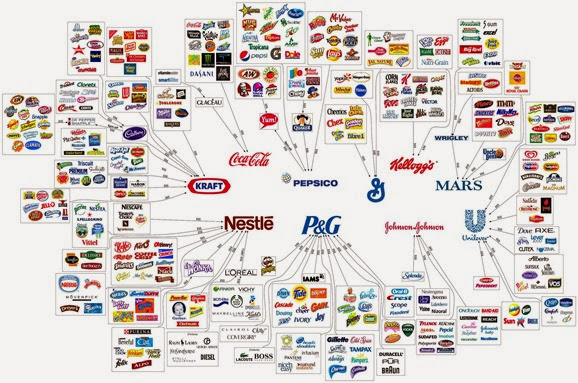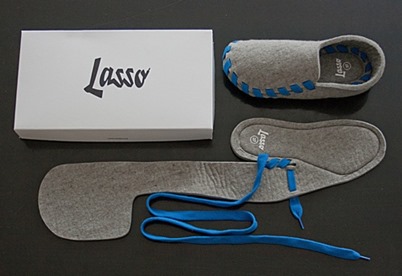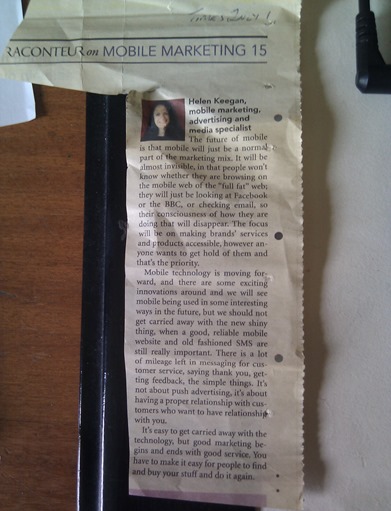It’s December 2013 already. Christmas is in the air and the TV is awash with Christmas TV adverts. So it’s only to be expected that there are some end of term reports from some of the big guns. And I’m afraid I’m reading them with mixed feelings which I’ll share with you.
![]() Let’s start with BDO’s Retail Compass 2013. The survey “examined the opinions of 100 chief marketing officers at leading retailers located throughout the USA. The retailers in the study were among the largest in the country, including 11 retailers in the top 100 based on annual sales revenue. The telephone survey was conducted in September and October of 2013”.
Let’s start with BDO’s Retail Compass 2013. The survey “examined the opinions of 100 chief marketing officers at leading retailers located throughout the USA. The retailers in the study were among the largest in the country, including 11 retailers in the top 100 based on annual sales revenue. The telephone survey was conducted in September and October of 2013”.
The survey covers all aspects of retail but there is a section about mobile marketing.
In the press release, the focus for retailers is on traditional channels rather than mobile:
- 38 per cent of retailers are including mobile in their marketing strategy this year—down from 50 per cent in 2012—those who are embracing it are ramping up their efforts.
- Last year, mobile comprised an average of 5.9 per cent of retailers’ overall marketing budget; this year, that number has jumped to 15 per cent.
- With eMarketer predicting a 15 per cent rise in mobile shopping volume this year, the mixed survey results suggest that retailers remain divided as to the platform’s growth potential and its ability to convert sales.
- One strategy on which retailers are not divided, however, is print advertising: a plurality of CMOs (41 per cent) are investing most of their holiday budgets in traditional print ads, which have been a consistently popular medium over the last 4 years.
- And CMOs still believe in the power of TV to reach a wide audience: 29 per cent say they will spend the majority of their holiday advertising budget on broadcast.
- Retailers are looking towards social media, but don’t know the right mix (and probably don’t realise how much of it is on mobile and how that impacts on conversions if their offering isn’t mobile-friendly).
So good news for broadcast and print in the US, and for those who are working on mobile campaigns for retailers, it’s good news as the budgets are bigger – just fewer of them by some measure compared with 2012. I have to question what the decision making process is behind this when the growth in mobile and mobile commerce is rising at a very fast pace. Of course, I don’t know how the question was asked and it may be that the retailers are ahead of the curve and have a great mobile site and/or a range of mobile apps and that the assumption is that mobile marketing in this context means mobile advertising which maybe they feel they don’t need as their mobile offering is so strong. I live in hope of that anyway! I fear that retailers may have their heads in the sand and have not yet woken up to what’s happening under their noses and are missing out on opportunities today.
Download the full report here http://www.bdo.com/download/2972
Now let’s look at the UK. Adobe and The Guardian have just published a survey looking at the mobile marketing attitudes of 1427 executives in the UK. The free report makes for quite depressing reading about the UK state of play.
- More than 50% said their organisation had a fragmented approach or no strategy at all when it comes to mobile
- Most respondents are unconfident about their organisation’s ability to measure the success of their mobile channels (which I’m guessing is a hindrance to offering them at all)
YET
- Most respondents felt their businesses would benefit from mobile marketing
AND
- Respondents expect to see a significant shift in the number of customer interactions supported or driven by mobile
So why aren’t they taking the plunge?
Well, rather worryingly, a lot of respondents felt that mobile wasn’t going to overtake the desktop at all or within the next two years. Many don’t have the funds to support mobile initiatives or don’t believe their business would benefit at all.
That last point worried me so I took at look back at the kinds of organisations the respondents came from. As this was run by The Guardian, there were a disproportionate amount of responses from the public sector, the arts, charities/not for profit and education. I’m not entirely surprised that those organisations aren’t as clued up and/or don’t have the funds or willingness to go mobile, at least not yet. I would hope that the results would be more positive if there were more brands, agencies and retailers who had responded.
You can read more here.
I guess the good news for us working in mobile marketing is that there’s still plenty work for us to do. Need to get your senior teams up to speed with what’s going on in mobile marketing and media? Get in touch. I’ve done workshops with a variety of media owners and agencies in the UK and the Nordic region. Maybe I can do one for you?














